Mechanical centrifugal pumps play a pivotal role in various industrial and commercial applications, facilitating fluid transfer with efficiency and reliability. Among the diverse array of mechanical centrifugal pumps, the self-priming centrifugal pump stands out for its unique ability to overcome the challenges associated with air-bound systems and initial priming requirements. In this article, we delve into the mechanics behind self-priming mechanical centrifugal pumps, elucidating their design principles, operational advantages, and applications across different industries.
At the heart of a self-priming centrifugal pump lies a sophisticated mechanism engineered to evacuate air and initiate fluid flow without external priming assistance. Unlike conventional mechanical centrifugal pump, which rely on a pre-existing fluid column to start pumping, self-priming pumps leverage innovative designs to create a vacuum within the pump casing, enabling the suction of fluid from below the pump's inlet level. This capability makes a self-priming mechanical centrifugal pump ideal for applications where the pump must overcome air pockets or operate in scenarios where a continuous fluid source is not guaranteed.
The operational principle of a self-priming centrifugal pump revolves around the combination of centrifugal force and air displacement mechanisms. As the pump impeller rotates, it generates centrifugal force, which not only propels the fluid outward but also creates a low-pressure zone at the impeller's center. Simultaneously, air entrapped within the pump casing is forced towards the impeller's periphery, where it is expelled through specially designed air release channels or a separate air and water separation chamber. This continuous air evacuation process gradually primes the pump, allowing it to transition from a dry state to full operational capacity.
One of the distinguishing features of self-priming mechanical centrifugal pumps is their versatility across a spectrum of fluid types and viscosities. Whether handling clear water, viscous liquids, or abrasive slurries, these pumps exhibit robust performance due to their rugged construction and efficient fluid-handling capabilities. Furthermore, self-priming mechanical centrifugal pumps are renowned for their ability to handle entrained gases and solids without compromising performance, making them indispensable in applications such as wastewater treatment, construction dewatering, and marine operations.
The design considerations for self-priming mechanical centrifugal pumps encompass various factors aimed at optimizing performance and reliability. Critical aspects include the impeller geometry, casing configuration, and air handling mechanisms, all of which influence the pump's self-priming efficiency and operational resilience. Engineers often employ computational fluid dynamics (CFD) simulations and prototype testing to refine pump designs, ensuring ideal fluid dynamics and air management within the pump housing.
In industrial settings where downtime is costly and operational continuity is paramount, the self-priming centrifugal pump emerges as a dependable solution for fluid transfer challenges. Its self-priming capabilities reduce dependency on external priming sources, simplifying installation and maintenance procedures while enhancing operational flexibility. Moreover, the inherent ability to evacuate air and handle varying fluid conditions makes self-priming mechanical centrifugal pumps well-suited for remote or mobile applications where traditional priming methods may be impractical or unavailable.
In conclusion, self-priming mechanical centrifugal pumps epitomize the synergy between mechanical ingenuity and hydraulic efficiency, offering a reliable means of fluid transfer across diverse industries and applications. By harnessing the principles of centrifugal force and air displacement, these pumps exemplify innovation in fluid handling technology, enabling seamless operation in challenging environments where conventional pumps may falter. As industries continue to evolve, the versatility and reliability of self-priming mechanical centrifugal pumps position them as indispensable assets in the modern engineering landscape.

 English
English русский
русский Español
Español
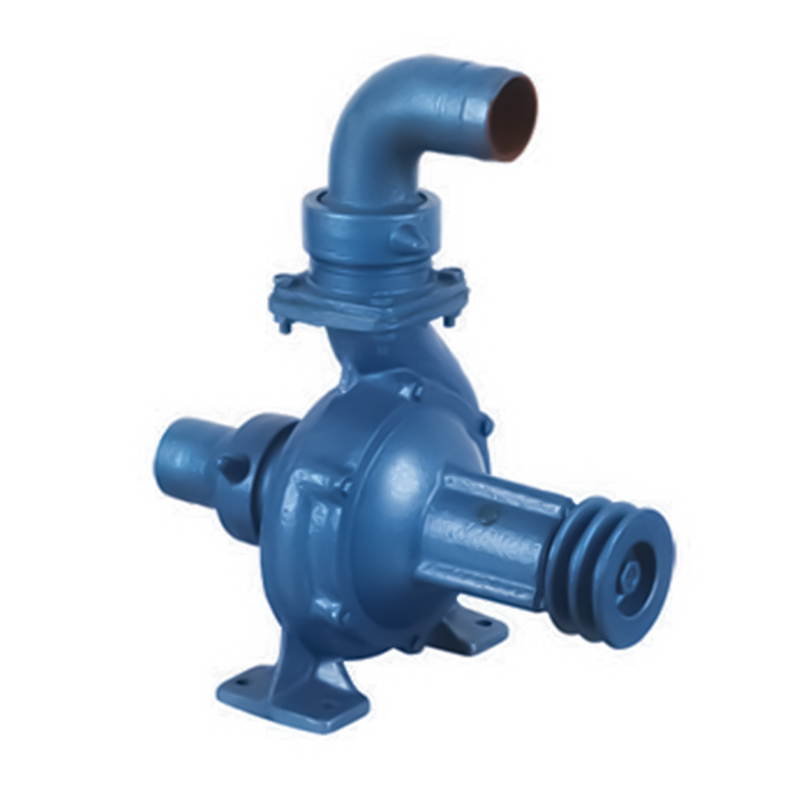
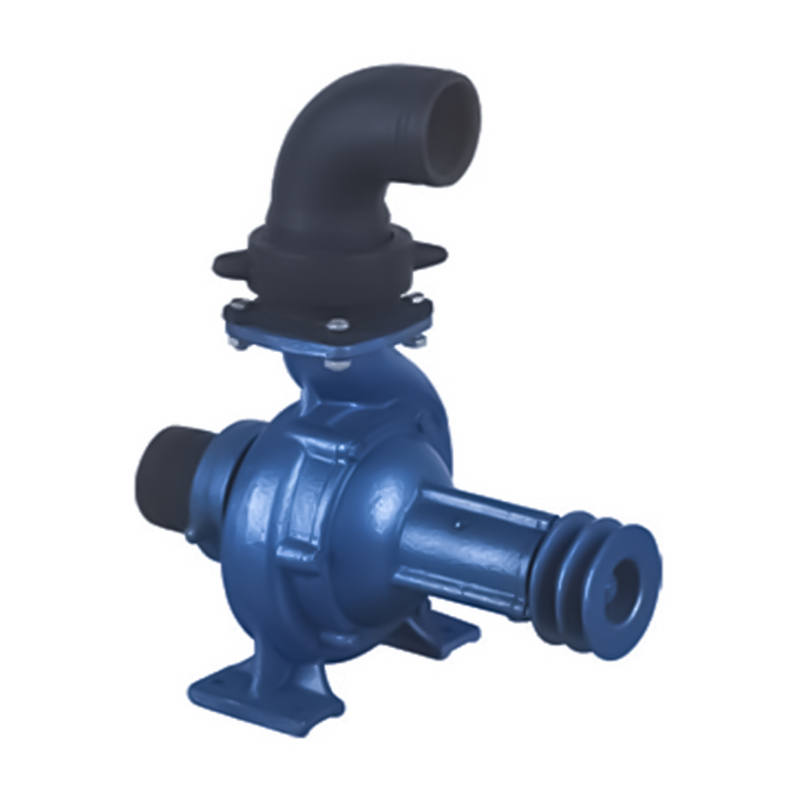

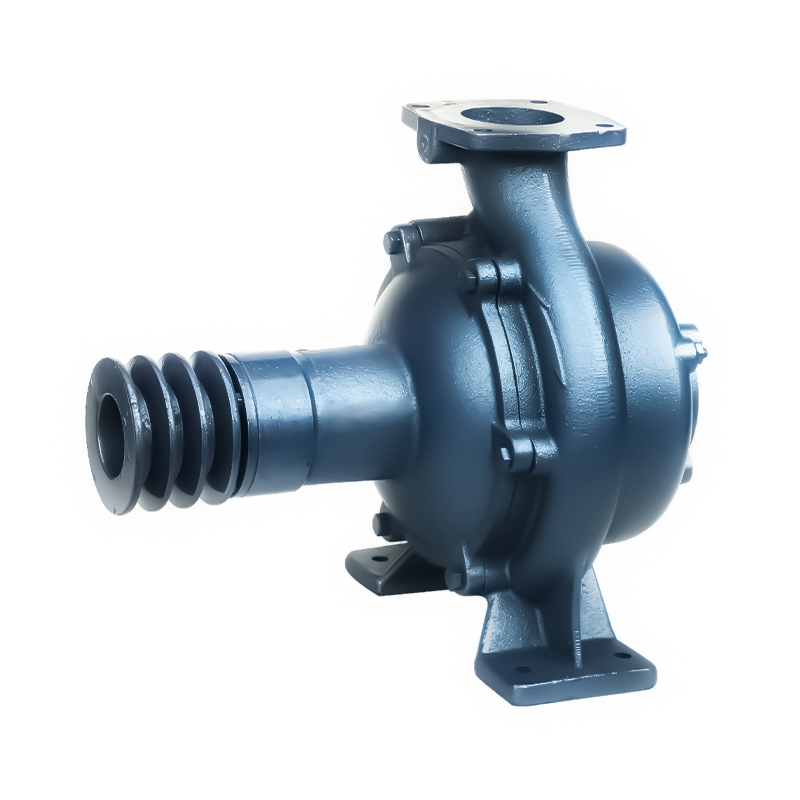
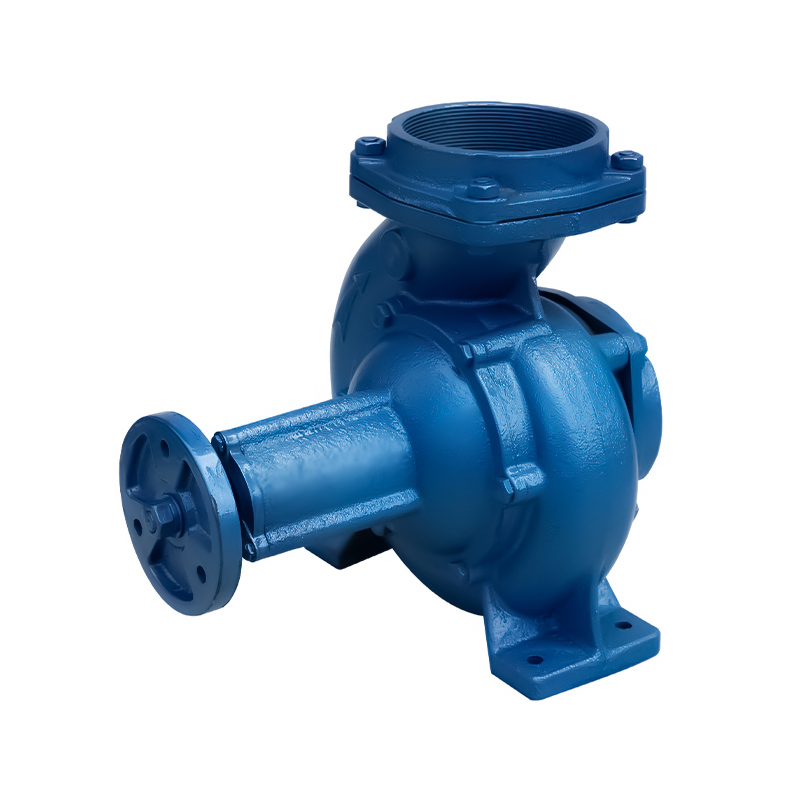
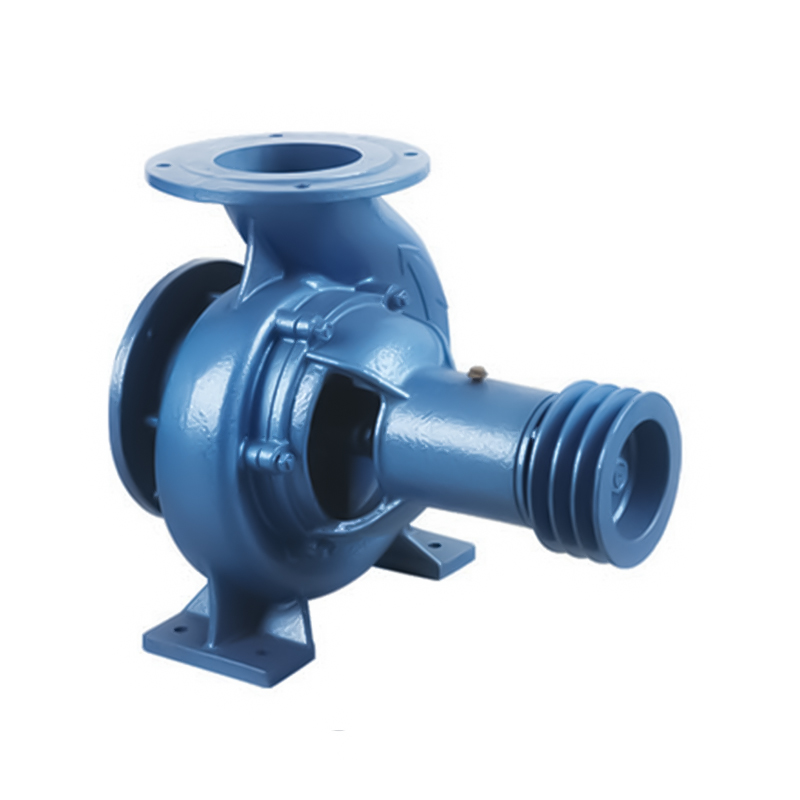
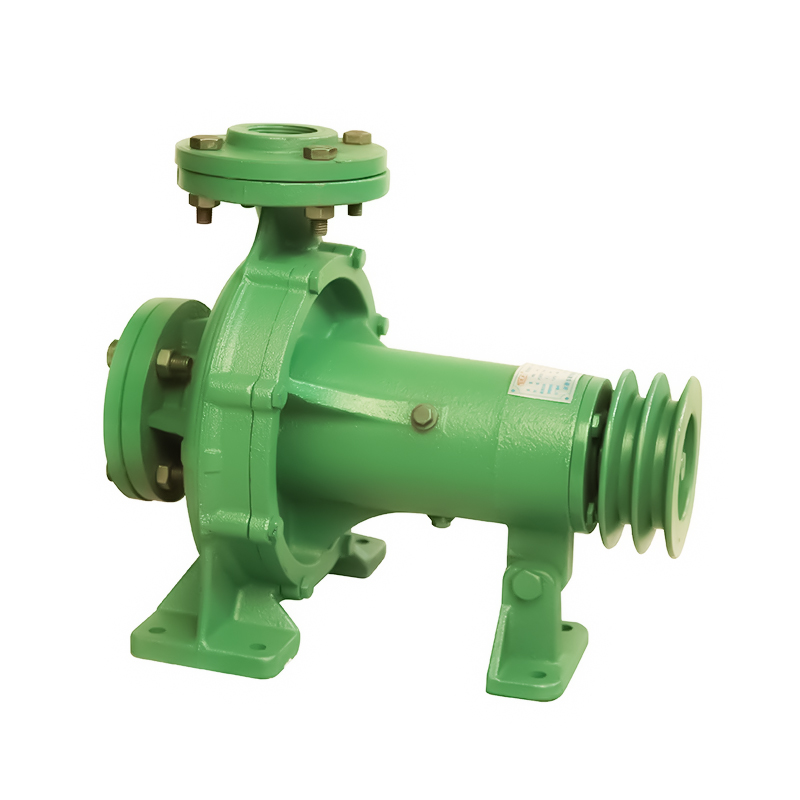

 Email:
Email:
 Phone:+86-13605899207
Phone:+86-13605899207

